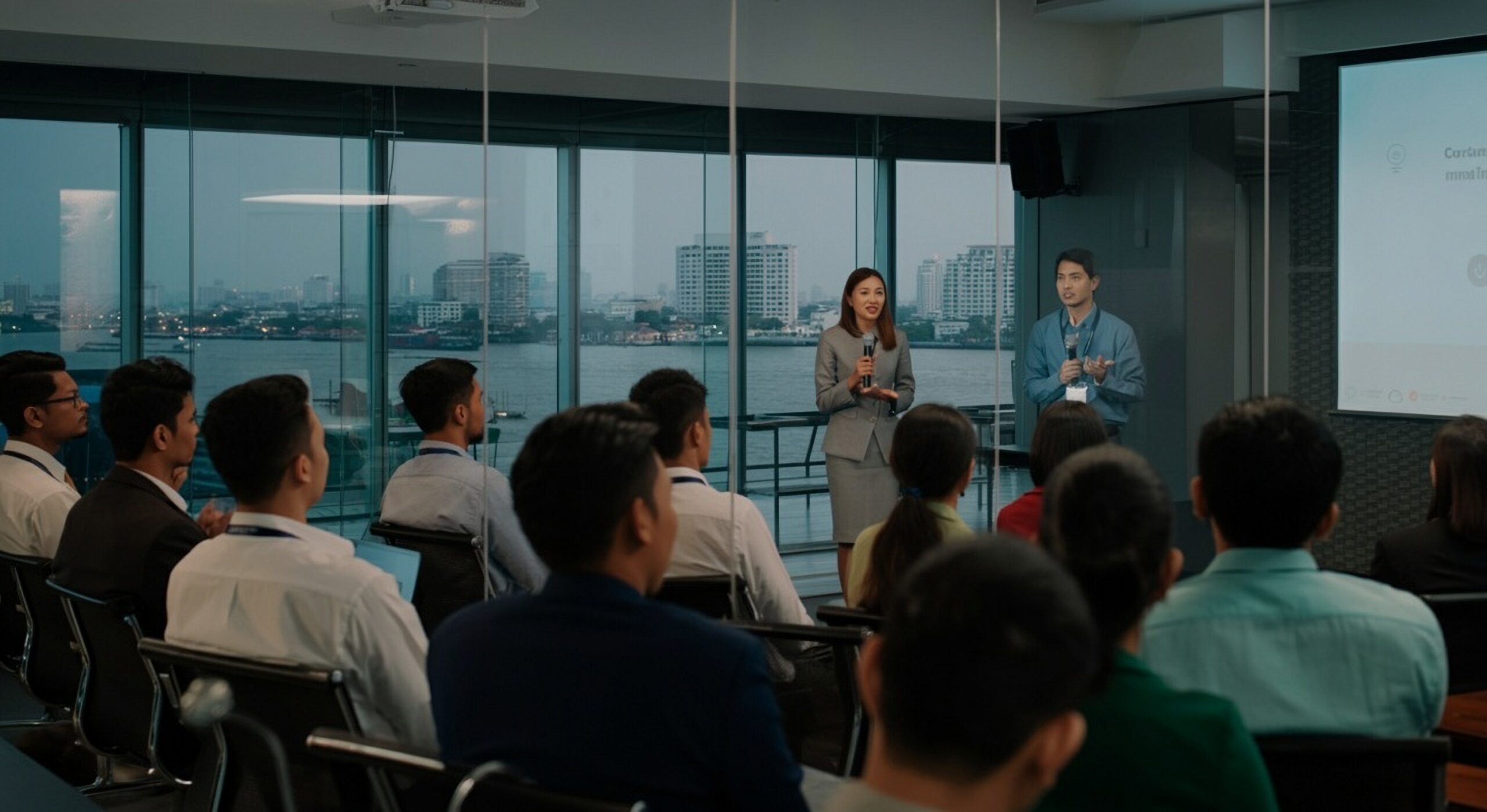Ageism in the workplace is quite a common problem. Employers often want their employees to be of a certain age range, depending on the position. These age requirements discourage some talents to apply or are disqualified during the screening process. This age discrimination persists until today, despite older workers are not necessarily, less healthy, less educated, less skillful, or productive than younger ones. And while the term “ageism” is commonly referred to as the discrimination against older workers, the discrimination can also happen to younger ones. Ageism is a very real problem in the workplace.
What can you do to combat ageism in the workplace?
Compliance with the Anti-Age Discrimination Law
Because the problem of ageism in the workplace is widespread among organizations, last July 2016, the Republic Act No. 10911 also known as the “Anti-Age Discrimination in Employment Act” was lapsed into law. The following year, 2017, the Department of Labor and Employment released their Department Order No. 170 Series of 2017, which states the implementing rules and regulations of the Republic Act No. 10911. Any violation of this act is punishable by law, either with fines or imprisonment, as ruled by the court.
Exposure to positive examples
Exposure of young people to positive examples of older works can improve implicit beliefs about older employees. Nothing makes a non-believer change his or her mind than firsthand experience. Because of their age, older workers have more experiences than younger ones, giving them the knowledge that younger people haven’t acquired yet. At the same time, older people can combat bias against younger ones if they see good examples.
Giving them a chance to prove themselves
Rather than immediately making a decision based on a person’s age, let them prove themselves. Despite their lack of experience, there’s a lot of potential for younger people. Because of their familiarity with technology–either by growing alongside it or being born in the digital age–they have behaviors and knowledge that are most suitable for utilizing tools technological advancements made. This gives them an advantage in the present and future age. The key is knowing how best to manage them.
On the other hand, the years that older workers have against younger workers have equipped them with a different kind of knowledge and wisdom, and maturity. They have gone through numerous experiences, made mistakes, and learned from them. Utilizing their experience, knowledge, and professionalism that has accumulated through the years is a good advantage.
Up for debate: Abolishing mandatory retirement ages
Because of the problem of ageism in the workplace, many are raising this question: should mandatory retirement ages be abolished? An article by Mr. Cielito F. Habito published in INQUIRER.net entitled “Should mandatory retirement end?” discussed some valid points regarding this issue. As Mr. Habito pointed out in the article, many countries see the abolition of mandatory retirement ages as one of the solutions for the labor shortage. However, in countries like the Philippines where instead of labor shortage there is a surplus, this may not be suitable. Abolishing mandatory retirement ages may delay opportunities for younger people in the workplace.
Many say that age is just a number. And this is true. A person’s worth in the workplace can’t just be determined by his or her age. It’s about a person’s skills, abilities, behavior, and attitude that determines if he or she is a good worker.




